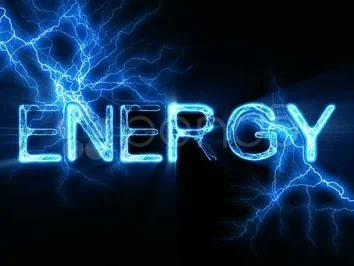Geothermal energy: the promise of tapping into the Earth's internal heat to power our lives. Iceland's success is often touted as the prime example, a nation practically running on volcanic steam. And Oregon is now pushing hard for geothermal as part of its clean energy transition. But a closer look at the numbers reveals a more complex picture. The question isn't whether geothermal is possible, but whether it's a scalable, cost-effective solution for the rest of us.
Iceland is indeed a geothermal success story. One article highlights how the country transitioned from relying on imported fossil fuels for nearly three-quarters of its energy to harnessing its own geothermal resources. By the early 1980s, most homes were heated geothermally, and today, over a quarter of the country's electricity comes from geothermal sources.
But here's the catch: Iceland is an extreme outlier. It sits on a geological hotspot, the Mid-Atlantic Ridge, giving it access to readily available, high-temperature geothermal resources. This is not the norm. Most of the world doesn't have easily accessible boiling water just beneath the surface. The analogy of Iceland as a model for global geothermal adoption is like saying everyone can be an Olympic swimmer if they just live near a well-equipped pool.
The article mentions Halldór Laxness writing about "a hundred thousand million tons of boiling-hot water" going to waste. But that's precisely the point: Iceland has that water in abundance. The rest of the world doesn't. This readily available resource fundamentally alters the economics.
Oregon's Governor Kotek is pushing hard for clean energy, including "emerging technologies such as enhanced geothermal technology." The state has set ambitious goals: 8 gigawatts of energy storage by 2045 and a 50% reduction in the carbon intensity of fuels by 2040. These are laudable goals, but the devil is always in the details – specifically, the cost.
The executive order aims to streamline permitting and prioritize public-private partnerships. But streamlining permitting doesn't magically make geothermal energy cheaper. Public-private partnerships can help, but they also introduce complexities in risk allocation and return on investment. And here's the kicker: the order "doesn’t entail new programs or additional funding for the remainder of the 2025-2027 biennium." So, how much of this is simply reshuffling existing resources and hoping for a technological miracle?

The article quotes climate advocates praising the order, but let's be honest: advocates are always going to advocate. Their enthusiasm doesn't change the fundamental economic equation. The real question is whether these projects can attract private investment without massive subsidies.
I find the lack of concrete financial commitments in the executive order troubling. There's a lot of talk about streamlining and prioritizing, but not much about actually paying for these projects. And this is the part of the analysis that I find genuinely puzzling.
Enhanced Geothermal Systems (EGS) are key to expanding geothermal beyond geologically blessed locations like Iceland. EGS involves fracturing hot, dry rock deep underground and circulating water through it to extract heat. The problem? It's expensive and technically challenging.
The Oregon order mentions prioritizing "emerging technologies such as enhanced geothermal technology". But “emerging” is a polite way of saying “not yet commercially viable at scale." There's a significant gap between a successful pilot project and a large-scale deployment that can reliably power a city. According to Latest Kotek climate order aims to speed up Oregon’s clean energy transition, the executive order is intended to speed up Oregon's clean energy transition.
One of the biggest hurdles is the cost of drilling and fracturing rock at significant depths. We're talking about drilling miles into the Earth, which requires specialized equipment and expertise. And even if you can create a geothermal reservoir, there's no guarantee it will produce enough heat to justify the investment.
Iceland proves geothermal can work. Oregon is betting it will work. But the data suggests geothermal, outside of very specific geological circumstances, remains a long shot. The technology is promising, but the economics simply aren't there yet. Until the cost of EGS comes down dramatically, geothermal will remain a niche player in the global energy mix.